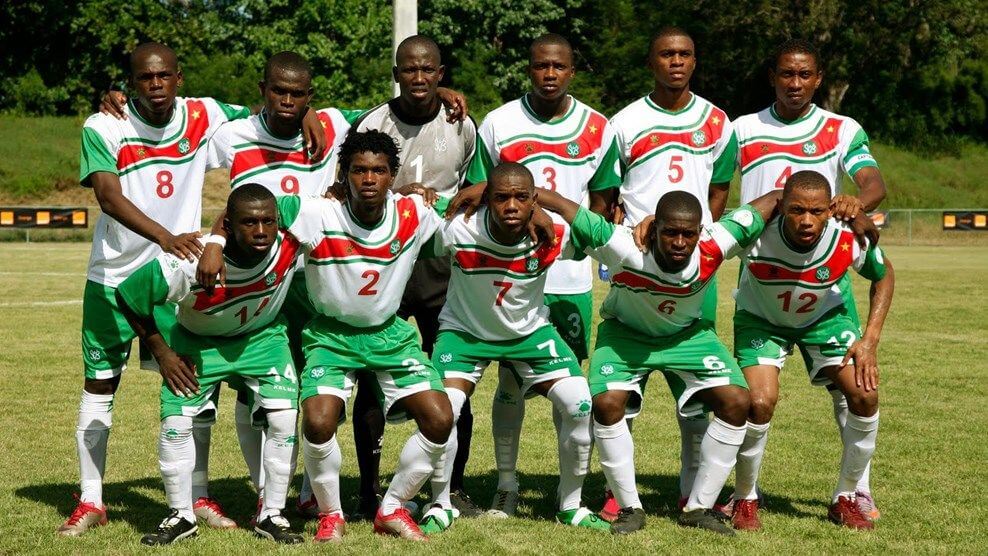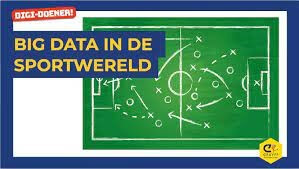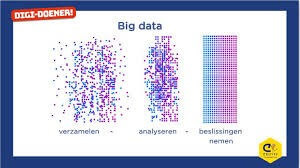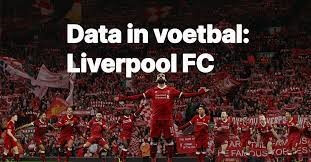Hints for the Surinamese Football Association

And for anyone who wants to know more and more
eyesonsuriname
Amsterdam, April 1, 2023– Anyone who wants to be involved in the development of modern football should ask themselves: How do we create a successful attack? How much do we have to pay for a transfer? And who should we scout where? And if the Surinamese Football Association really intends to make progress, they could also look at Big Data in football, for example.
My new friend

Floris Goes-Smit was looking for answers. He does not find them along the line, but behind the computer. Using position data, he analyzes professional football teams as complex, dynamic systems.
When we watch a football game, we see two teams and a ball moving across the field. “I see 23 moving dots,” says Goes-Smit.

In March he obtained his PhD on this subject at the University of Groningen. “Video cameras record all movements on the field and this produces a huge data set of which dot is where at what time. You can extract all kinds of variables from that.” Previously, simple variables were looked at, such as the number of passes or the distance traveled per player. “We can now also determine more complex variables, such as the average position per line. That means nothing to a coach, so we have to translate the variables: space between the lines.”

By analyzing these huge data sets, Goes-Smit tried to find out how a team builds a successful attack. That turns out to have everything to do with creating chaos. “In general, a team moves as a whole, left and right together.

To set up a good attack, the synchronized block of the defense must be undermined.” A brief moment of chaos often creates a shot on target ten to fifteen seconds later. Goes-Smit makes such game principles measurable with automatic analyses. “On TV you can see manual annotations at halftime, often of situations surrounding a goal.
With automatic analysis you can go deeper into the game and find things that you as a viewer do not notice.” Goes-Smit also makes these live analyzes automatically, with a delay of one to two minutes.
Pass or dribble
Goes-Smit spent three months in Brazil for his PhD research, among other things to teach about the combination of data analysis and movement sciences.

“The aim of the research was to compare the fingerprint of Brazilian and Dutch football. Both countries are successful in football. Or at least, sometimes,” he adds with a laugh. Both teams create chaos to mount an attack, but how they do it depends on the style of the team.
“The biggest common denominator is that they do something unexpected. It is always assumed that an individual moves with the whole. But still, one player must disrupt the team to create chaos. In the Netherlands that happens more often by passing, Brazilians just dribble.”

Goes-Smit has never played football himself and working in professional football was never his dream. He could always be found on the hockey field as a child. He played at the top level and that brought an advantage. “I speak both languages, that of scientists and that of athletes.” He also had initial
ambition to do a PhD, but his thesis on top-level basketball was a success. Under the condition that the project was about top sport, he applied. “As a sports scientist, I had little experience with data analysis. In the beginning I programmed four hours a day to teach myself this.”
The way of doing research as a sports scientist or data analyst is different, he explains. “In exercise sciences, theory leads to a hypothesis and you test it.

Data analysis works from a lot of data, you use all kinds of models on it and that leads to a hypothesis. In fact, exactly the opposite.”
Choose the best option
In addition to attack tactics, Goes-Smit has investigated transfer values. “A higher value is usually assigned to top scorers.” He draws the comparison with companies where employees receive a bonus if they land a large order. “But players who are in the background are worth at least as much.”
As an example, he mentions a certain player who made his debut with a major European club last season. “It is not noticed by the general public, but it is in the data sets.”
Automatic analyzes can also help to scout the right players. “It is difficult to make a fair judgment about the quality of a player. The team has a lot of influence on it.”
Goes-Smit measures how often a player chooses the best option – a safe pass for possession, or creating space.

In practice, several premier league clubs are already fully applying his automatic analysis. “I have now turned my research into my job,” says Goes-Smit. “I hope that clubs will soon start using live analyzes more.” Since his promotion, he has been working at the software company SciSports on the KNVB campus near Zeist.
They share the building with companies focused on football innovation, but also with the national FIFA video game team.
“The Dutch national team comes here regularly.” Goes-Smit and his colleagues are of course collective supporters of this. But he is not a supporter of any specific club. “Active cooperation is different from sitting in a stadium as a fan.”
( for more information write to a@eyesonsuriname.com )
eyesonsuriname










2 Responses
Potentieel zou het voetbal in Suriname misschien wel kunnen presteren. Maar misschien is een groot woord. Goede bedoelingen alleen zijn niet genoeg.
If Suriname wants to achieve more knowledge in the modern football world, pick up the telephone or better still, write us an e-mail. a@eyesonsuriname.com